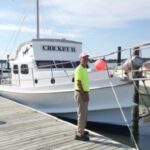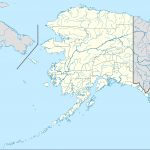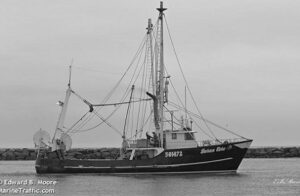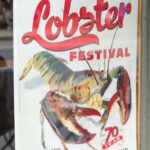Tag Archives: Pacific Balance Marine Management
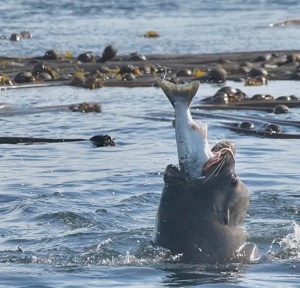
Are sea lions and seals eating too much of B.C.’s salmon? The answer may lead to a cull
An increasing number of the protected seals and sea lions (larger than seals, sea lions can walk) may be upsetting the balance of the British Columbia marine ecosystem. Now some First Nations are proposing a cull. “Environmentalists trying to stop traditional seal and sea lion hunts … are trying to starve out the Indians,” says Tom Sewid of the Kwakwak’wakw First Nation on northeastern Vancouver Island. “I won’t put up with it.” And as seals and sea lions have prospered, salmon have struggled. “The demise of the salmon runs in British Columbia is equivalent if not greater than the extinction of the great buffalo herds across the Great Plains” in the 1800s, says Sewid. > click to read < 09:01

Sea lions throw a party on Cowichan Bay’s federal breakwater to feast on spawning salmon
Steller and California sea lions jostle for space, bark 24-7, and leave stinky feces on the breakwater. About 300 sea lions will climb onto the 182-metre-long concrete dock at one time during at the height of the season, said federal harbour manager Mark Mercer. “They are three layers deep out there.” The majority are males, he said, likening the event to a big bachelor party. Depending on species, males range from about 850 to 2,500 pounds. “Like I tell people: ‘What you see on the breakwater is literally the tip of the iceberg. That’s a tenth of what’s out there.’ >click to read< 12:29
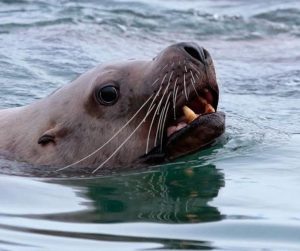
Seal hunt proponents hope new evidence sways skeptical fisheries officials
Three new studies being prepared for publication suggest that recovered populations of seals and sea lions in west coast waters could be having an outsized impact on the survival of the three most troubled Pacific salmon species — chinook, coho and sockeye. “Most of the drop in survival of chinook and coho in the Georgia Strait since the 1980s is likely due to seals eating juvenile fish during their first summer in the ocean,” said Carl Walters, a professor emeritus at UBC’s Institute for the Oceans and Fisheries. Estimates suggest that seals may be consuming about five million juvenile coho each year, or about half of the juveniles that enter the area from streams and rivers. Up to 15 million chinook juveniles meet the same fate, about one third of that population. >click to read< 09:21
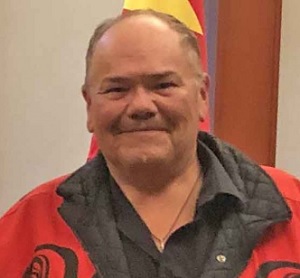
Tom Sewid has applied for a commercial licence to hunt seals and sea lions!
While there is money to be made from selling seal meat and fur, Tom Sewid, a director for Pacific Balance Marine Management (PBMM), said the main reason for resurrecting the hunt in B.C. is to protect salmon stocks. “We’ve all identified that we’re losing our salmon due to overfishing, urban sprawl and many other compounding factors, but the biggest one being the overpopulation of seals and sea lions,”. For years, commercial fishermen have pointed to harbour seals as one of the culprits in declining salmon stocks in the Strait of Georgia and sea lions for declines in herring. A recent scientific study appears to back them up. >click to read< 10:28
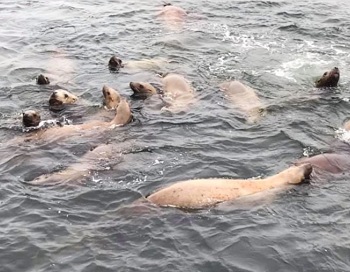
FurCanada open house will kickstart campaigns for a seal, sea lion and sea otter commercial fishery in British Columbia
The fur is set to fly in Nanaimo this weekend, with an open house to kickstart campaigns for a seal, sea lion and sea otter commercial fishery in British Columbia. FurCanada, a Vancouver Island company, hopes the event on Dec. 14, will raise awareness about the overpopulation of seal and sea lions which are decimating B.C.’s endangered and threatened chinook salmon stocks. Thomas Sewid, who is President of Pacific Balance Marine Management, which is the organization leading the development of the seal, sea lion and sea otter industry estimates that of the 27 million chinook smolts produced a year in the Salish Sea (wild and hatchery) the pinnipeds are consuming about 24 million of them. >click to read< 19:53



































